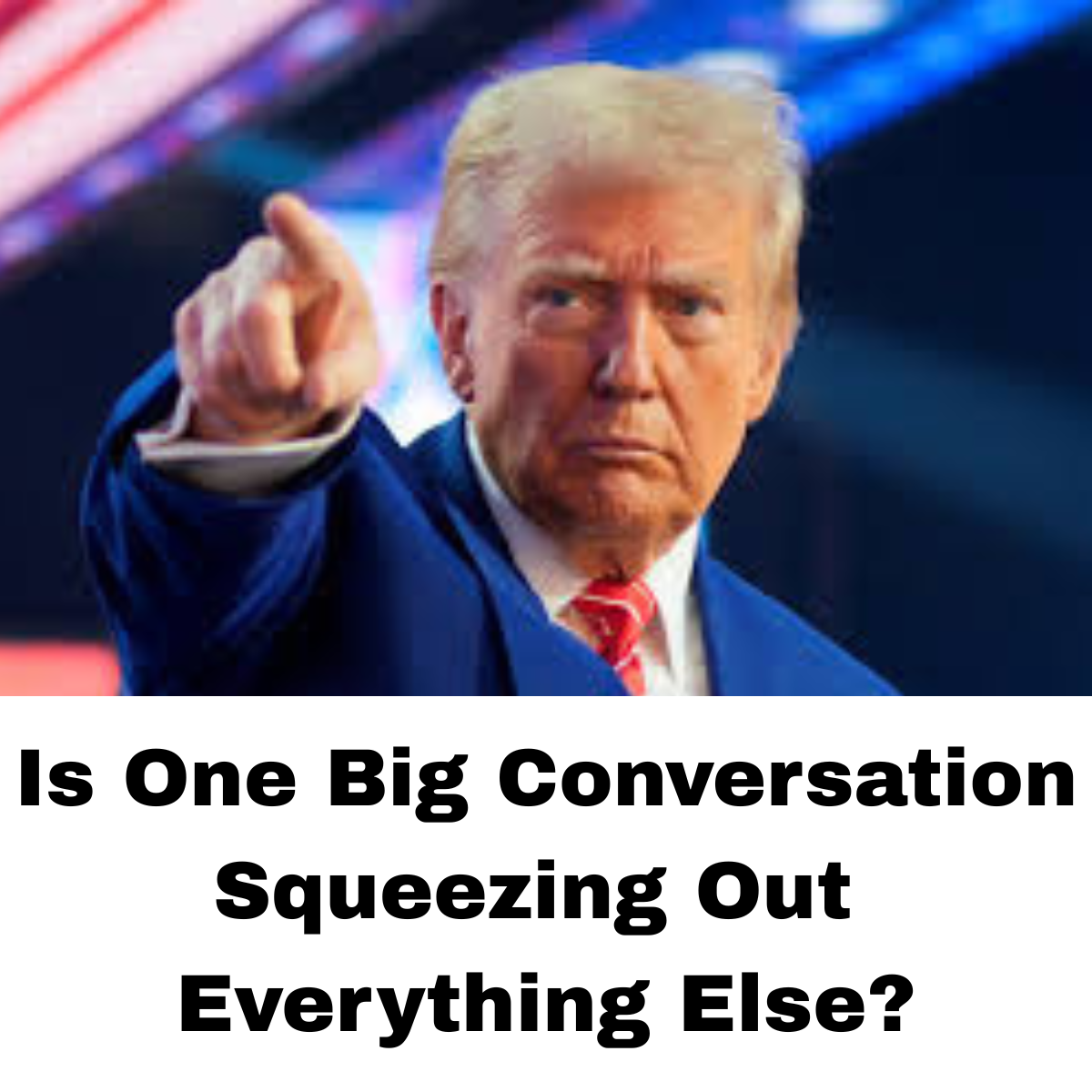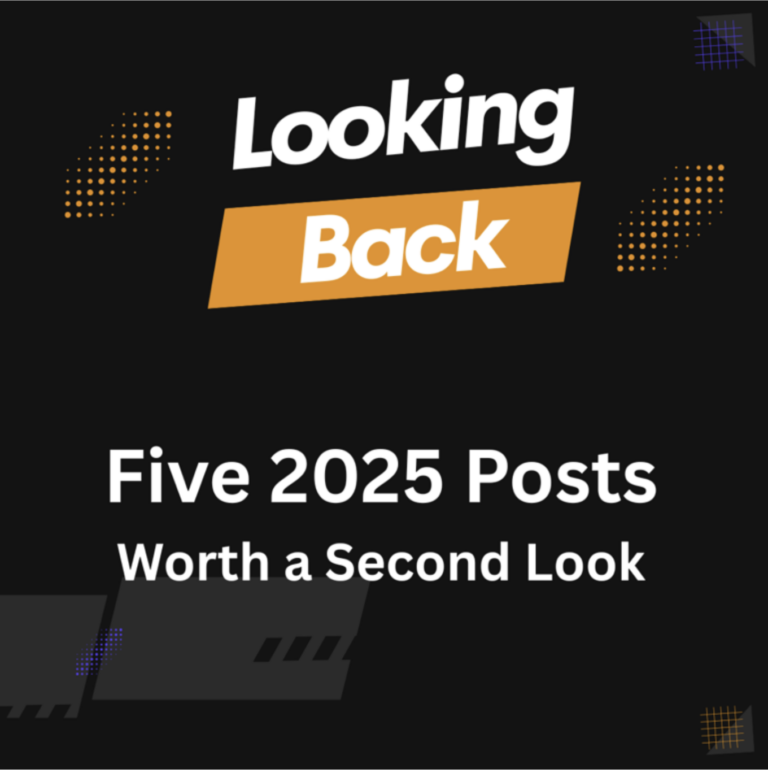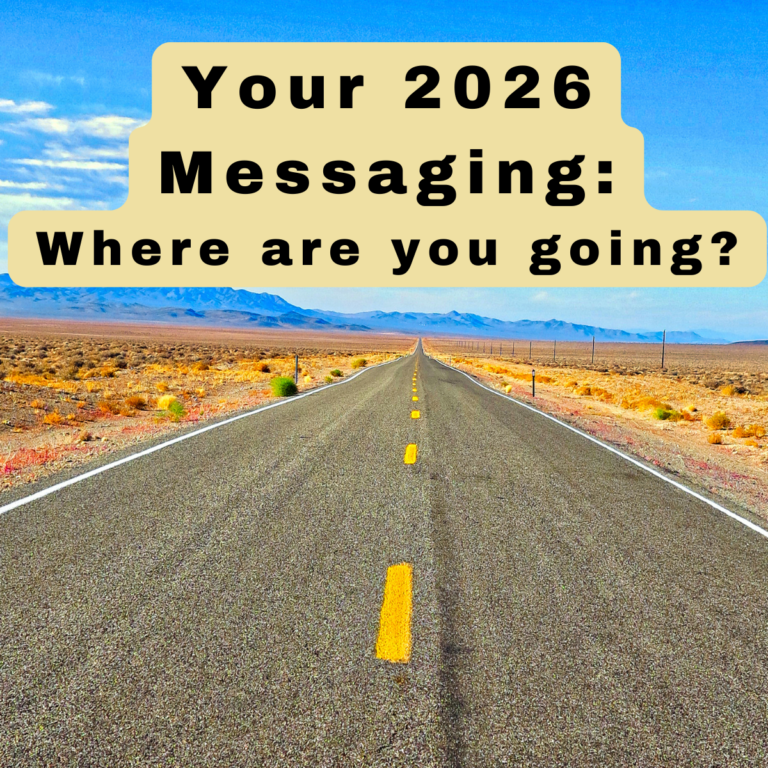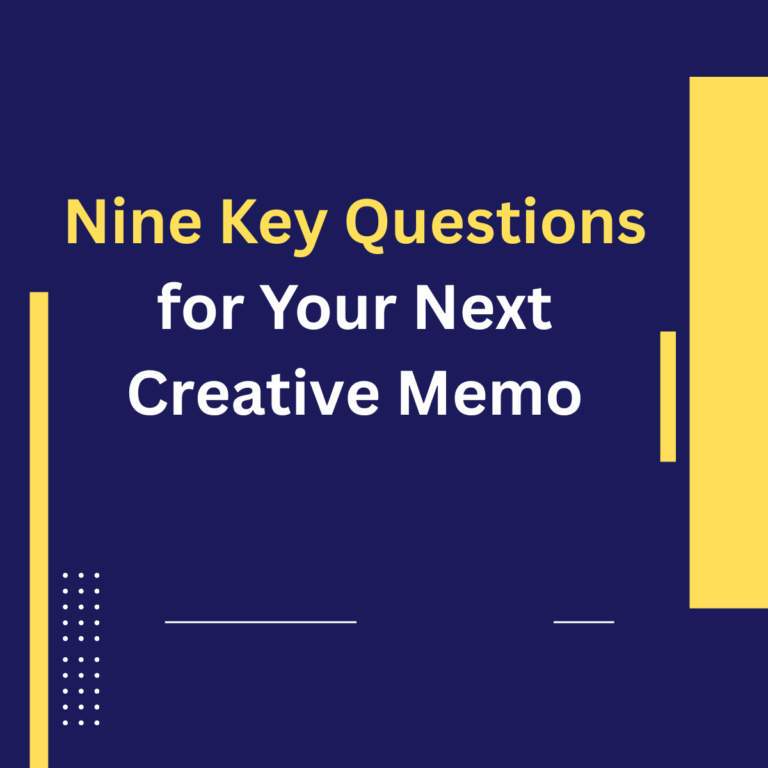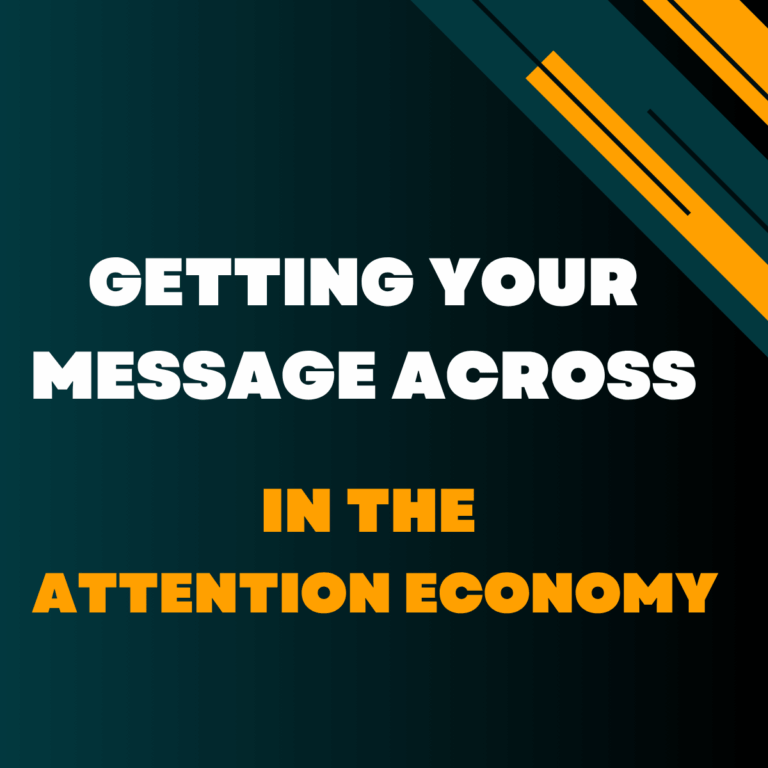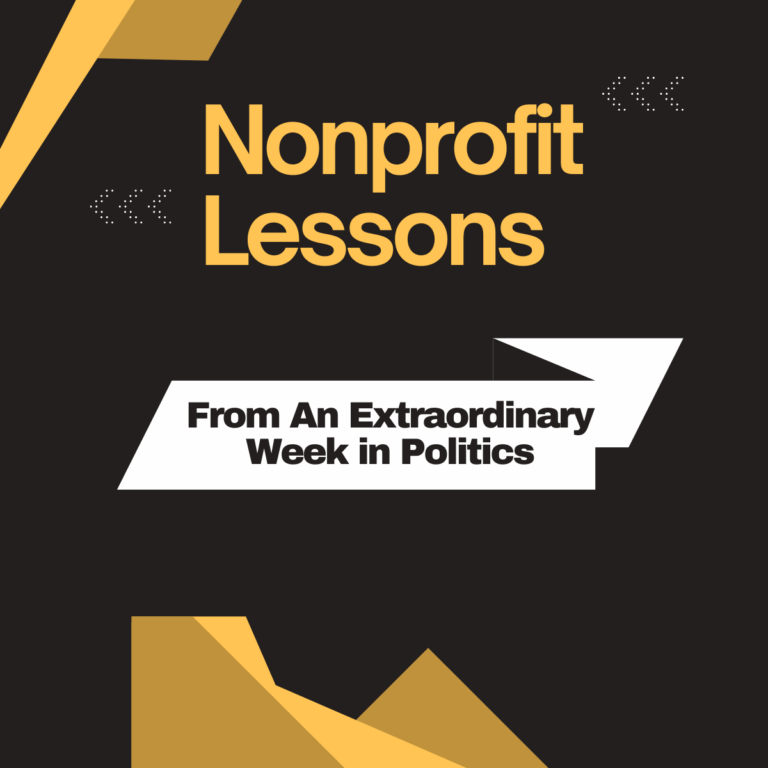Today I am writing about a problem to which I have no easy solution. But it’s something we have to confront and think through.

In the first 176 days of his 1,460 day presidency, the contest between Donald Trump’s efforts to turn our country into an authoritarian regime and those resisting his all-out assault on our democracy has dominated the attention economy we are all living in.
It has always been Trump’s strategy to win every news cycle, defining the national dialogue and squeezing out any alternative media narratives. But never has his ability to do so been more pronounced or the danger of his agenda more threatening.
The specific topic may shift – dismantling USAID, gestapo-like ICE raids, brutal cuts to Medicaid – but the core narrative remains the same. Trump is playing for keeps, kicking down one lynchpin after another of America as we know it. The GOP Congress is a rubber stamp. The Supreme Court is clearing away legal obstacles.
Meanwhile, an intense popular resistance is on the rise, while there are only rare pockets of push back from the country’s elite businesses and institutions. And, on the electoral front, next year’s midterm elections loom as a crucial opportunity to check Trump’s power grab.

Of course, I recognize that all kinds of substantive issues are in play in the Trump versus Resistance dynamic. But they are all being discussed and debated in a narrow “How much of the unbelievable damage can we prevent?” framework.
Currently advocacy groups are centered on stopping or slowing Trump with little room for a more proactive agenda. And organizations whose mission and work don’t fit the Trump v. Resistance framework are struggling mightily to gain attention and define an agenda that works in the current climate.
So here are a few of the big questions this lay of the land brings to the fore – and some opening thoughts on how to address them.
Are advocacy groups doomed to playing defense for the next three and a half years?
Substantively, emotionally and strategically, trying to sustain a defense-only posture until early 2029 feels like a really bad option. That’s true on issues across the board — climate change, gun violence, reproductive rights, and more.
The best way to widen our lens isn’t by “sneaking in” a little pro-active work here and there. It’s in having a confident, transparent conversation with our supporters about the challenge. In addition to confronting Trump, we should engage them in things like more positive international work; forward-looking, state-level initiatives; and building popular support for a proactive agenda.
How can organizations whose vital work doesn’t fit the Trump vs. Resistance framework gain attention and support?
Not being directly engaged in all the Trump drama is both a blessing and a curse.
Some audiences may be too focused on Trump to create room for your work. But others will be eager to find places in their lives where they can take action, knowing a clear, positive impact is within reach.
The key is to emphasize “can’t wait” work, focusing on projects where the opportunity to move the ball forward is present. I always think of it as “counter programming” to all the drama and uncertain outcomes of Trump world.
As the impact of the Trump assault becomes more evident in peoples’ lives, can that be a springboard for more than “I told you so” messages?
In the opening months of his presidency, Trump was able to make bold moves without – in many cases – the negative impact on peoples’ lives being immediately felt.
That’s catching up with him – from harsh ICE raids that weren’t what people bargained on to the impact of FEMA cuts on disaster response to the soon-to-be-felt severe cutbacks on Medicaid.
As these negative impacts take hold, the unproductive response is to throw it in the face of Trump voters with “See what you did. I told you so” messages. The more useful and uplifting approach is to seize the opportunity to contrast the devastating consequences of the Trump attacks with an affirmative picture of what peoples’ lives can be like if we follow a different path forward.
Can we create room for aspirational goals and messages in the current climate?
We can’t appear clueless by setting goals and describing outcomes that are way out of reach in the foreseeable future. But we can do two things. First, celebrate the positive impact on peoples’ lives whenever we win a victory forcing Trump and the MAGA movement to back off.
And, more importantly, we can begin now to define a post-Trump vision and recovery plan. It’s not enough to tell people what we’re against. We have to be clear about what we’re for, how we see a more positive future unfolding, and what that will mean in peoples’ day-to-day lives.

As I said at the start, I don’t have all the answers to the challenge I’m suggesting we have in front of us. But I know this. We can’t let the one big conversation Donald Trump is trying to drive define American life for the remaining 1,284 days of his presidency.He wants to squeeze out everything else. We can’t let him get away with it.


